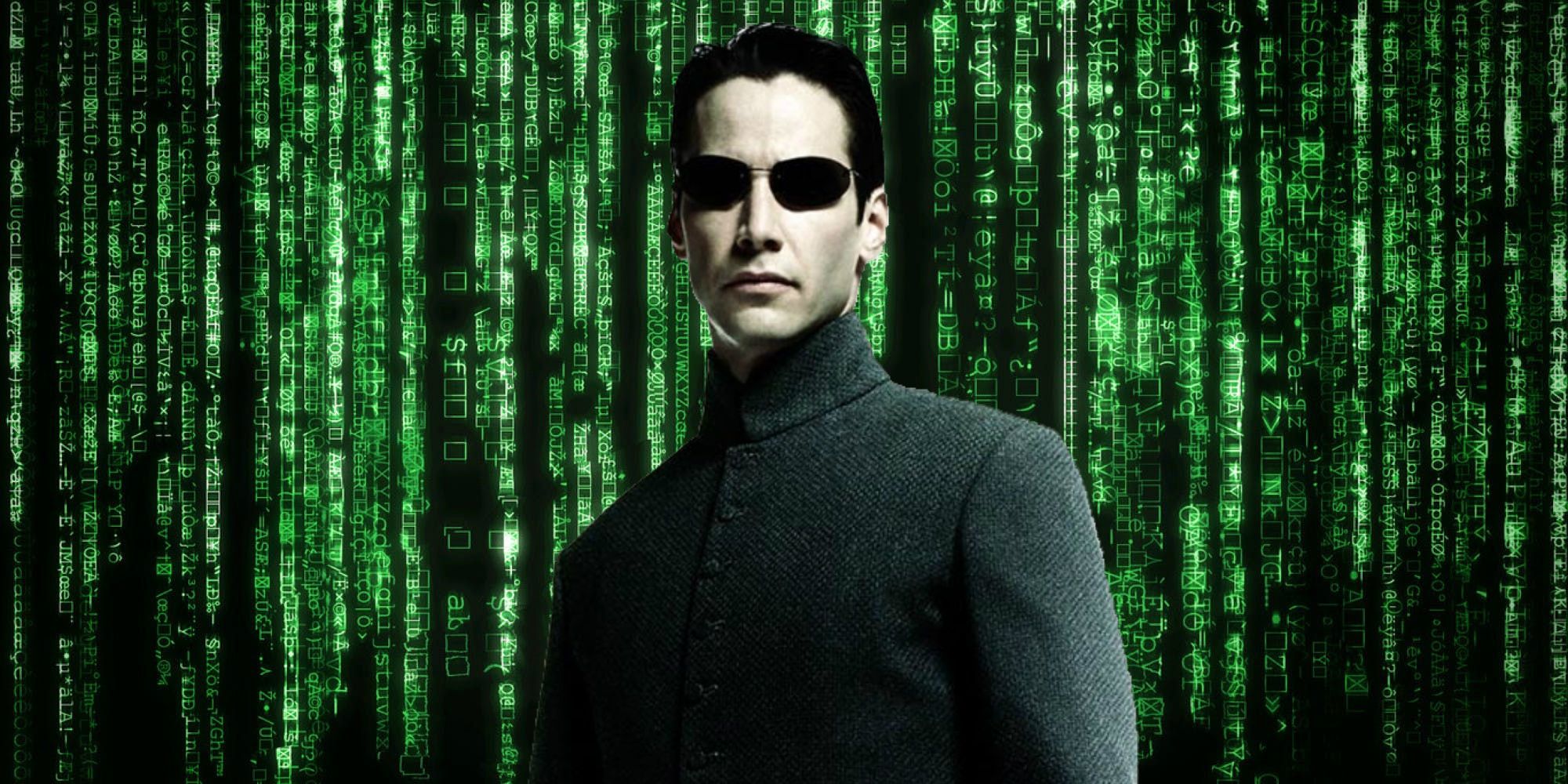Week 3 | Robotics + Art: Does ChatGPT dream of artificially generated sheep?
When I think of “industrialization,” I think of Moore’s Law, which, according to Louisiana Tech University, states that “computing performance would double approximately every 18 months.”

Industrialization brought upon more means to artistic expression than there ever were before. Film in particular changed the way we created art, and according to Walter Benjamin in his article "The Work of Art in the Age of Mechanical Reproduction" took away from yet gave to art. Art went from exhibits that were fixed in place to something that could be shared internationally. A director and a painter had different audiences that were captivated by their creation in different ways. Neither was not art, yet one changed what art could be. Douglas Davis, author of "The Work of Art in the Age of Digital Reproduction" elaborates more on this, saying that the new age of digital art changed the definition of art itself, and what it meant to be an artist. Davis’s approach focuses more on the benefits of digitalization challenging “artists to push the boundaries of creativity and innovation."
When robotics is less of a tool to create art and the artist itself, in terms of artificial intelligence (AI), the lines blur and Benjamin’s concerns on the effect of digitalization on art make more sense. In 2023, German photographer Boris Eldagsen won an award for an image (see below) which he later revealed to be AI-generated (Williams, 2023).


Industrialization brought upon more means to artistic expression than there ever were before. Film in particular changed the way we created art, and according to Walter Benjamin in his article "The Work of Art in the Age of Mechanical Reproduction" took away from yet gave to art. Art went from exhibits that were fixed in place to something that could be shared internationally. A director and a painter had different audiences that were captivated by their creation in different ways. Neither was not art, yet one changed what art could be. Douglas Davis, author of "The Work of Art in the Age of Digital Reproduction" elaborates more on this, saying that the new age of digital art changed the definition of art itself, and what it meant to be an artist. Davis’s approach focuses more on the benefits of digitalization challenging “artists to push the boundaries of creativity and innovation."
When robotics is less of a tool to create art and the artist itself, in terms of artificial intelligence (AI), the lines blur and Benjamin’s concerns on the effect of digitalization on art make more sense. In 2023, German photographer Boris Eldagsen won an award for an image (see below) which he later revealed to be AI-generated (Williams, 2023).

While he and others have found great success in doing so, others find it hard to consider the work of a public AI image generator award-worthy.
The 1999 film “The Matrix” is a commentary on liberation from oppressive higher powers and insurgency against the machine of technological advancement (Dahms, 2020). I believe this furthers our conversation if we relate it to modern times, over 20 years after its release. Industrialization has brought forth many beneficial inventions for humanity. Technological advances have essentially put robots in the hands of the everyday civilian. If we become too reliant, then the scale weighing between art and robotics favors robotics, and natural intelligence lags behind. We must not let tech and robotics leave art behind in the dust, and find ways to intermingle and appreciate both without either hindering the other, essentially liberating ourselves from the grasps that the convenience of robotics has brought to us before we become trapped in the clutches of said convenience.
Sources:
“What Is Moore’s Law.” Watson, Louisiana Tech University, watson.latech.edu/book/future/futureMoores1.html. Accessed 19 Apr. 2024. http://watson.latech.edu/book/future/futureMoores1.html
Benjamin, Walter. “The Work of Art in the Age of Mechanical Reproduction.” 21 Feb. 2018, https://doi.org/10.4324/9781912284894.
Davis, Douglas. “The work of art in the age of digital reproduction (an evolving thesis: 1991-1995).” Leonardo, vol. 28, no. 5, 1995, p. 381, https://doi.org/10.2307/1576221.
Williams, Zoe. “‘ai Isn’t a Threat’ – Boris Eldagsen, Whose Fake Photo Duped the Sony Judges, Hits Back.” The Guardian, Guardian News and Media, 18 Apr. 2023, www.theguardian.com/artanddesign/2023/apr/18/ai-threat-boris-eldagsen-fake-photo-duped-sony-judges-hits-back.
Dahms, Harry F. The Matrix Trilogy as Critical Theory of Alienation, University of Tennessee, hfdahms.utk.edu/wp-content/uploads/2020/04/Dahms_-THE-MATRIX-Trilogy-as-Critical-Theory-of-Alienation-Communicating-a-Message-of-Radical-Transformation.pdf. Accessed 19 Apr. 2024.
https://hfdahms.utk.edu/wp-content/uploads/2020/04/Dahms_-THE-MATRIX-Trilogy-as-Critical-Theory-of-Alienation-Communicating-a-Message-of-Radical-Transformation.pdf

Sources:
“What Is Moore’s Law.” Watson, Louisiana Tech University, watson.latech.edu/book/future/futureMoores1.html. Accessed 19 Apr. 2024. http://watson.latech.edu/book/future/futureMoores1.html
Benjamin, Walter. “The Work of Art in the Age of Mechanical Reproduction.” 21 Feb. 2018, https://doi.org/10.4324/9781912284894.
Davis, Douglas. “The work of art in the age of digital reproduction (an evolving thesis: 1991-1995).” Leonardo, vol. 28, no. 5, 1995, p. 381, https://doi.org/10.2307/1576221.
Williams, Zoe. “‘ai Isn’t a Threat’ – Boris Eldagsen, Whose Fake Photo Duped the Sony Judges, Hits Back.” The Guardian, Guardian News and Media, 18 Apr. 2023, www.theguardian.com/artanddesign/2023/apr/18/ai-threat-boris-eldagsen-fake-photo-duped-sony-judges-hits-back.
Dahms, Harry F. The Matrix Trilogy as Critical Theory of Alienation, University of Tennessee, hfdahms.utk.edu/wp-content/uploads/2020/04/Dahms_-THE-MATRIX-Trilogy-as-Critical-Theory-of-Alienation-Communicating-a-Message-of-Radical-Transformation.pdf. Accessed 19 Apr. 2024.
https://hfdahms.utk.edu/wp-content/uploads/2020/04/Dahms_-THE-MATRIX-Trilogy-as-Critical-Theory-of-Alienation-Communicating-a-Message-of-Radical-Transformation.pdf
Comments
Post a Comment